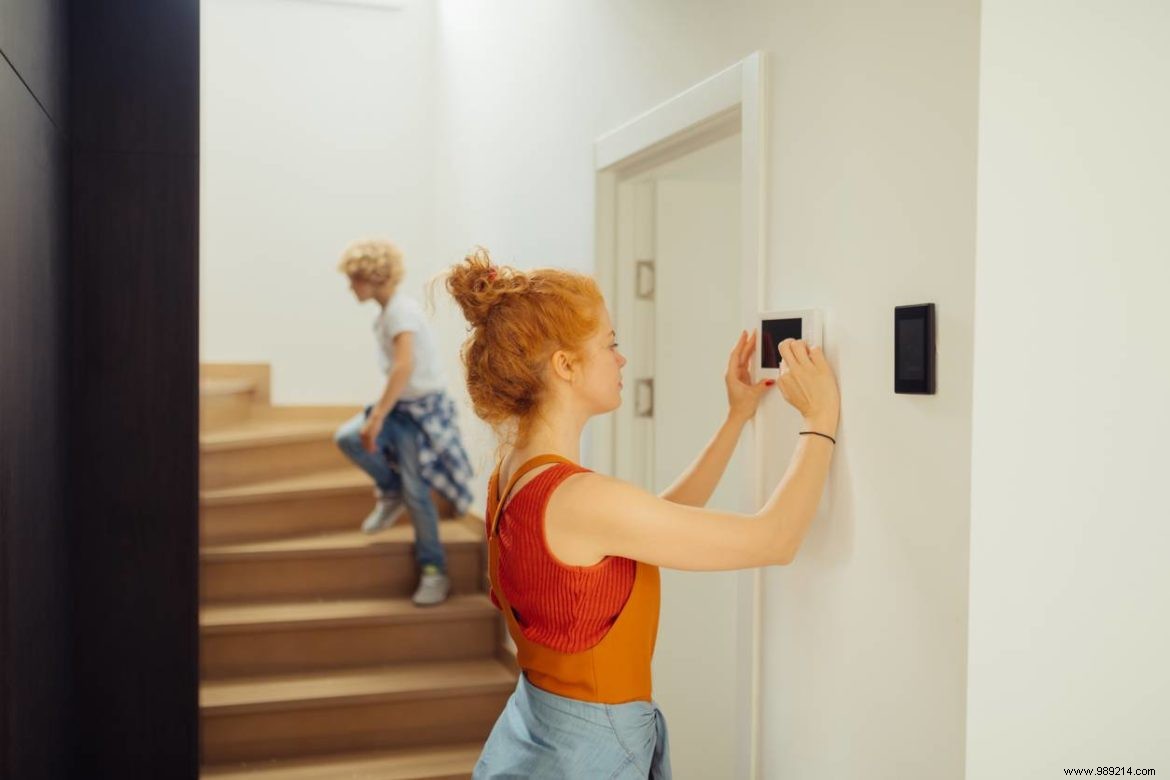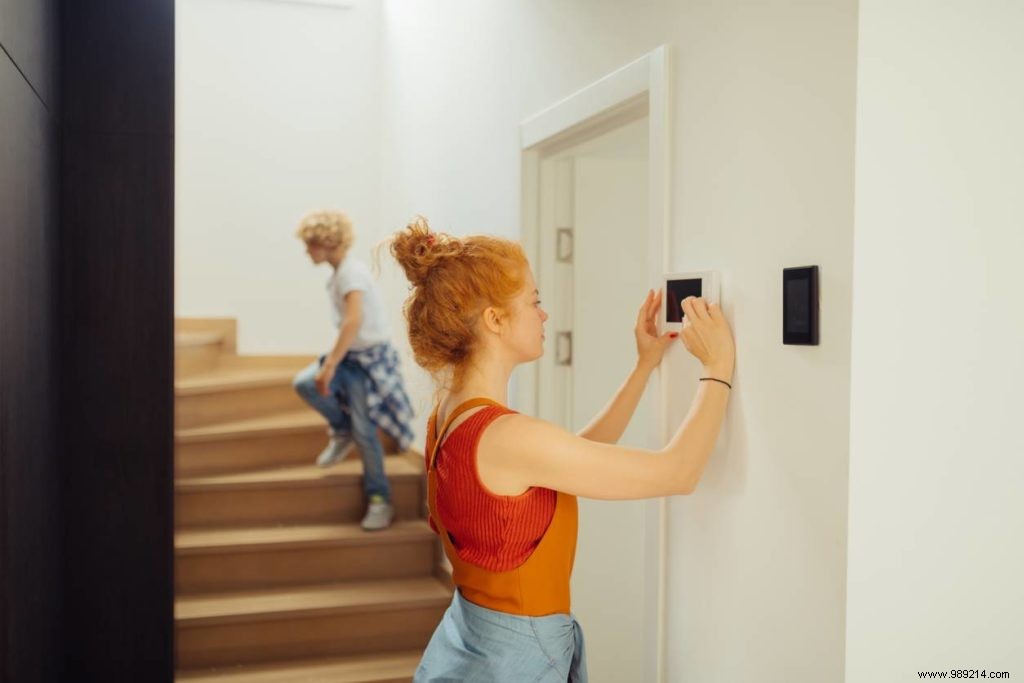
The start of the school year begins gently. It is the same for the obligations and all the complexity of the current life which goes with it. For a child, this is the time to learn to become a little more independent on a daily basis. This puts more responsibility on the shoulders of your little ones. For example, he may go home alone without the physical supervision of the parents. That said, a few precautions should be taken to ensure that your little one is safe until you arrive. More details.
Contents 1 Assess the context 2 Install a connected alarm to protect your child 3 Establish safety instructions 4 Plan activities to do while waiting for adultsYou are thinking of letting your children go home alone ? Before confirming your decision, assess the maturity of your cherub, which will not necessarily be a question of age. Yes, a 10 year old child is perfectly capable of staying still for 1 or 2 hours. Another older can lose his temper in just minutes if something goes wrong.

To gauge the situation, you need to ask yourself some essential questions:
Another fact:in case of intrusion, a child is not able to defend himself. Hence the importance of protecting your family with a connected alarm that will be placed in a strategic place in the house. Thus, in the event of an intrusion, not only will the alarm signal sound, but you will also receive an SMS alert on your side , right on your phone, tablet or computer. You only have to download the application to be immediately warned in case of danger. Something to reassure you when your child is alone at home waiting for your return.
The operation is very simple. The device is made up of motion detectors and shock or opening detectors . Thus the alarm is triggered as soon as the detectors detect a suspicious movement.
For more convenience, you can also connect your alarm to surveillance cameras. This will allow you to monitor your home and your child remotely, in real time, directly from your smartphone, tablet or computer.
In addition to its primary function, a connected alarm can also help you prevent any risk of fire if you link your smoke detector to your connected alarm.

That's it, you've decided to let your children go home alone. Now we have to show them how the connected alarm works. The idea is above all to teach your children the minimum safety gestures to deal with the triggering of an audible signal or a warning signal.
Then you need to create some basic guidelines to follow throughout to keep your child safe until you arrive. The most common rules are as follows:
The safety rules related to the Internet arise when your child uses it routinely on a daily basis.
There's nothing like fun activities to occupy your little rascals while you're away. A child already accustomed to a daily routine will never be bored and will follow the rules to the letter.
However, to ease the transition, you can attach a list of activities to do on the kitchen refrigerator or on a whiteboard available at home. It may contain:
These are just common examples. You can very well adapt your list according to your habits.